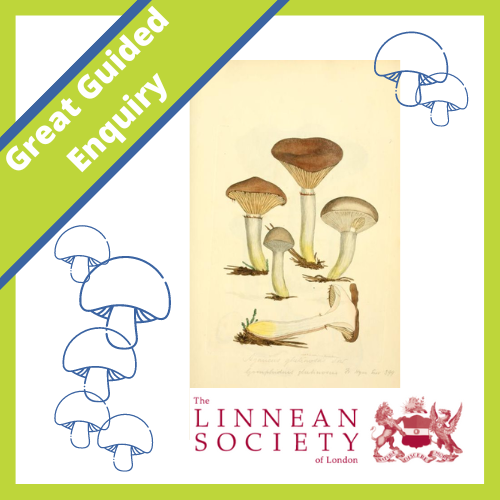In Zoom in, Zoom Out, pupils are presented with a magnified image that they discuss with their partner. They explain what the image is, what it reminds them of, and why they think that. As the image zooms out and slowly reveals what it is, children infer and justify their answers.
The following resources can be used to encourage pupils to ask their own scientific questions which can lead to an investigation:
Pink and bumpy 5-7 year-olds
This Zoom In, Zoom Out looks closely at the human tongue. When this familiar object has been identified, pupils could discuss the different senses and use these to investigate different smells or tastes.
Healthy skin 5-7 year-olds
This Zoom In, Zoom Out looks at the skin of an orange. Pupils should be encouraged to describe the textures, colour and shape of this object. They can develop their ideas further by exploring different types of fruits and vegetables, asking questions and investigating these.
The Mystery Grows 7-11 year-olds
The Mystery grows Zoom In, Zoom Out looks closely at lichen. Lichen can be found almost everywhere, growing on surfaces including concrete, rocks and trees. Pupils can use the links in the ‘Take it further’ to help them survey their local environment. What questions do they have? What can they discover? Does the presence of lichen indicate what the air quality is like in different places in their local environment?
If you’re looking for ways to extend your Great Gather and Group, The Mystery Grows is a great option.
Mystery eyes 9-11 year-olds
Mystery eyes is a magnified potato. When pupils identified the object, they could investigate and grow different vegetables observing over time. Older age groups may investigate and research plants that reproduce asexually.
Read Explorify’s top tips on how to run a Zoom In, Zoom Out activity here.
Explorify is a free digital resource that provides a range of engaging activities covering the whole curriculum. Click here to sign up for your free account.
For help with subject knowledge and support with planning a science topic click here.
Listen, think and share your questions.








